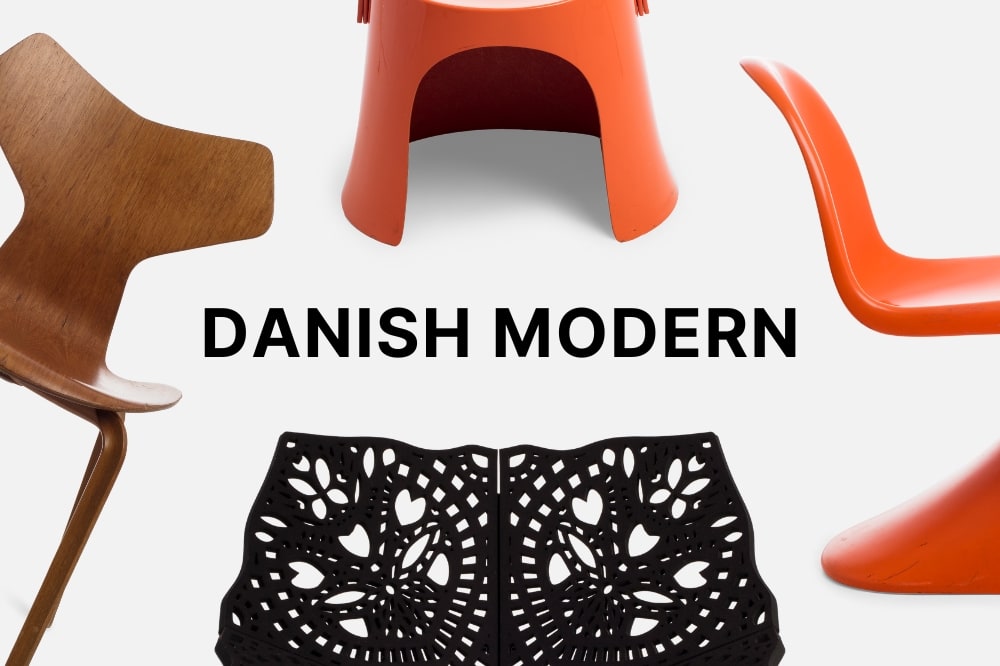
Chairs - the ultimate design challenge
Chairs - the ultimate design challenge
Chairs are powerful symbols of historical styles and societal trends, reflecting everything from ancient Greece to modern design. At the Museum of Furniture Studies, the abundance of chairs highlights their role in showcasing shifts in society, materials, and artistic movements, making them the ultimate design challenge.
Furniture history is, above all, dedicated to chairs. If you search for a historical style period online, several chairs are guaranteed to come to mind. Apart from art, fashion, and architecture, the chair is often the strongest symbol of the ‘isms’ of history. Everything from the chairs depicted on ceramic urns found in tombs from ancient Greece to simple plastic chairs of the 1970s and the postmodern seating artwork of the 1980s. They all speak to us as mute witnesses from the time they were created. And they speak a language most of us can understand and relate to.
You don´t have to try it out to decide if the chair is an ergonomically designed seating device or an expressive artistic exclamation mark. And some chairs signal everything in between. Chairs can touch us deeply or leave us untouched.
The chair is often the symbol of power, both historical and contemporary: the King´s throne, or the chairman’s high back, shows who is in charge. The exclusive modern chair, manufactured in a limited and numbered edition, is accessible only to a few resourceful consumers and shows its owner’s position and success. Exclusive design is prevalent in historical reviews, likely because the history of the ruling group is to be told. But perhaps it´s also because the more exclusive objects have been cared for and are of a quality that withstands wear and tear. Our common historical chair treasures help us to better understand life in the past, as well as to portray the present time and create a future furniture culture.
During my guided tours at the Museum of Furniture Studies, I was frequently asked why we had so many chairs on display and so few cabinets, tables, and sofas. One answer was purely rational. There is room for many chairs in a limited space compared to more voluminous pieces. But the true answer is, as I see it, that the chair itself is the carrier of so much knowledge. It reflects society, ethnicity, functionality, technical shifts, material developments, and, not least, ruling trends in art, architecture, design, and fashion.
Therefore, the chair is the ultimate challenge for designers today as in times past. Designing the chair with capital C is a dream for the vast majority of furniture designers. A chair that turns concepts upside down, breaks new ground, cancels the law of gravity, reveals new constructions, or dazzles us with its beauty.
Mission Impossible? Not at all! Just look at the works of Charles Macintosh, Gerrit Rietveld, Hans Vegner, Ray, and Charles Eames, and Arne Jacobsen, just to mention a few…
I have been told of a meeting between the Swedish architect Gunnar Asplund (1885-1940) and ‘the father of Danish furniture design’ Kaare Klint (1888-1954). It was in the early 1930s, and Asplund enthusiastically talked about his many revolutionary projects and big plans in architecture and city developments. When his monologue was over, he asked what Klint was currently working on. The short answer was “Jeg laver en stol!”- I´m designing a chair!
Read more about Gunnar Asplund here.
Read more about Kaare Klint here.
See all examples of chairs here.
This article was written by Lars Bülow







































































